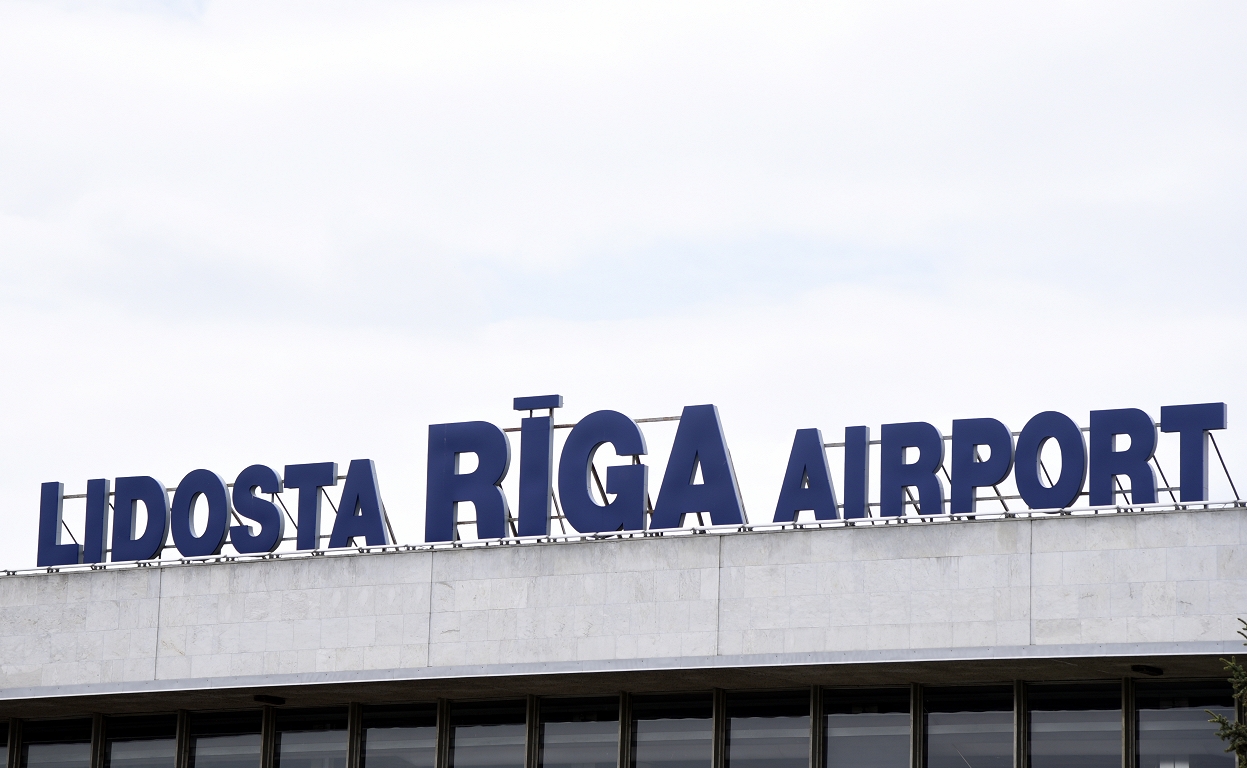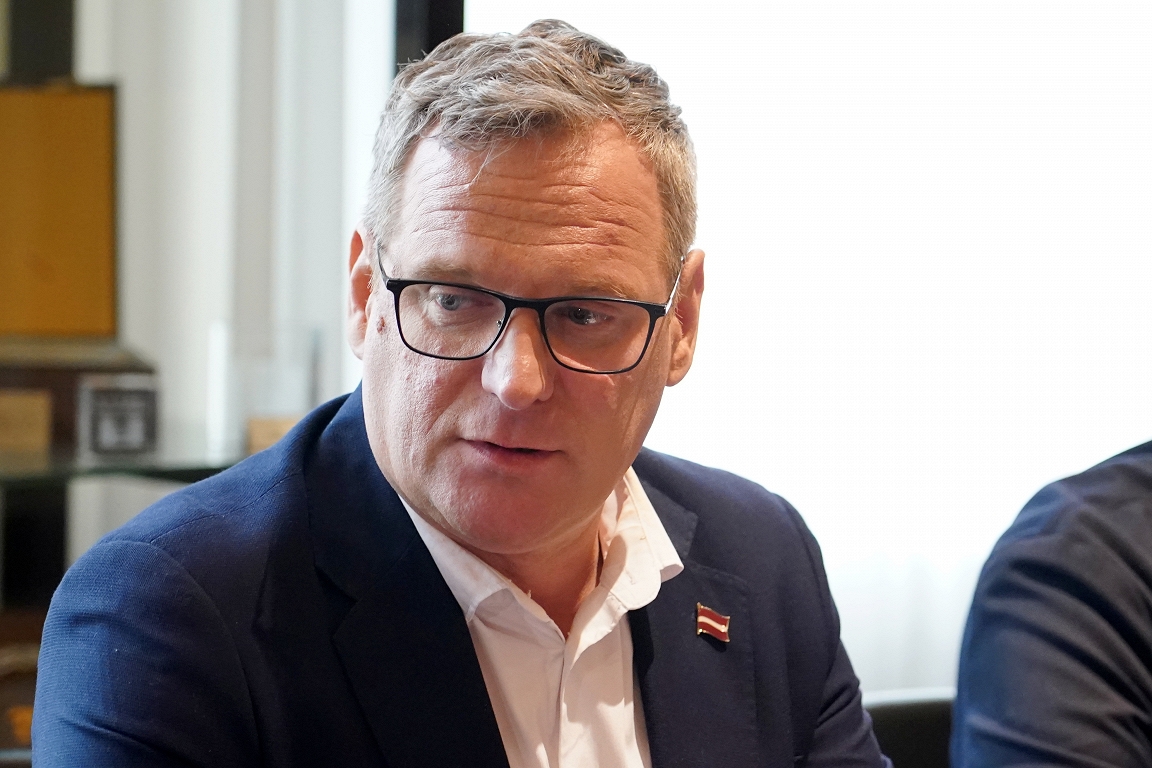Traffic organization / day will gradually change at Riga Airport

The builders report that the changes will affect both the airport and access to the P3 and P4 parking lots and are linked to the mounting of the track viaduct steel.
As a result, from Monday to the airport, the traffic will be redirected to Torna Street to Museum Street just before the airport. The changes will be valid until mid -July this year and will not have a significant impact on the time of the road.
From the middle of July, traffic on the airport will be restored, but the number of lanes will be reduced from two to one. These changes will be valid until September, as well as the time spent on the way will not change significantly.
At the same time, from mid -July to autumn, changes will also affect Dzirnieku Street towards the Business Aviation Center « FBO Riga » – at the intersection at the « Schwenk » concrete production unit traffic will be diverted along the built -in neighborhood.
Similarly, around the middle of July, the sections of the tower and Pilotu streets will be gradually closed, which will mainly temporarily change access to P3 and P4 public parking lots, shifting the flow of traffic along the north and museum streets.
The changes are related to the construction of the tracks – the viaduct supports will be connected to each other with three -meter -high corrosion -resistant steel beams, reaching 13 meters above the ground in the airport.
LETA has already written that the general partnership « BSL Infra » is a implementer of the Rail Baltica Railway Station and the related infrastructure at Riga Airport. The Austrian company « Swietelsky » and Latvian construction companies – road construction firm « Binders » and JSC « LNK Industries ».
Rail Baltica’s first round costs in the Baltics could reach EUR 14.3 billion, of which in Latvia – 5.5 billion euros, but there is a potential savings of up to € 500 million from the optimization of technical solutions, as well as other savings.
The total cost of the project, according to cost and benefits analysis in the Baltics, can reach EUR 23.8 billion. In the previous cost and benefit analysis in 2017, the project would cost a total of € 5.8 billion.
The Rail Baltica project envisages the creation of a European standard railway line from Tallinn to the Lithuanian -Polish border so that the Baltic States can be further connected to other European countries. It is planned to build a new, 870 -kilometer European railway line (1435 mm) railway line with a maximum speed of 240 kilometers per hour.








